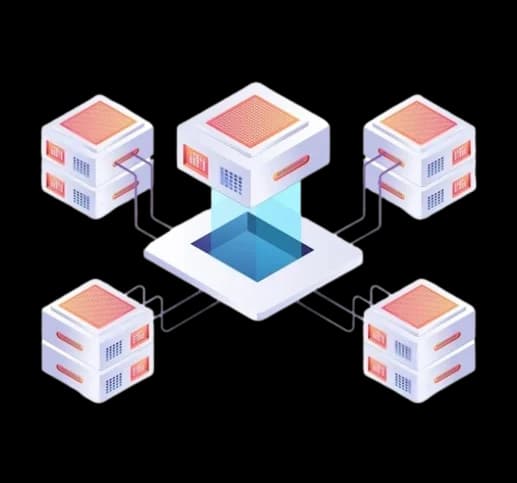HIGH AVAILABILITY
High Availability (HA) is the ability of a system to operate continuously and error-free over a period of time. The HA ensures that the system achieves the agreed level of operational performance. SixthStar, we have implemented high availability service for many companies in and around Chennai.
Elements of high-availability
High-availability IT infrastructure features hardware redundancy, software and application redundancy, and data redundancy. Redundancy means the IT components in a high-availability cluster, like servers or high availability database, can perform the same tasks.
Data replication is necessary to achieve high availability. The same nodes in a cluster must exchange and replicate data. To ensure that any node can step in and deliver the best possible service in the event that the high availability web server or network device it is supporting fails, the nodes must interact with one another and share the same information. In order to help maintain high availability and business continuity in the event that a data center fails, data can also be copied between clusters.
A high-availability cluster experiences a failover when a task carried out by the failed primary component switches to a backup component. Maintaining an off-site failover system is a best practice for high availability and disaster recovery. When crucial primary systems fail or become overloaded, IT managers can immediately move traffic to the failover system by keeping an eye on their condition.
Why is a HA infrastructure necessary?
High Availability Clusters

-
High availability clusters are grouped servers that act as a unified system. Also called failover clusters, they share the same storage space but use different networks. They also perform the same job as they can run the same workloads as the underlying system they support.
-
If a ha server in a cluster fails, another HA server or node can immediately take over to keep the cluster-hosted application or service running. Deploying high-availability clusters helps ensure there is no single point of failure for critical computing and reduces or eliminates downtime.
-
HA clusters are regularly tested to ensure nodes are always ready. IT admins often use the open-source Heartbeat program to monitor cluster health. The program sends data packets to each machine in the cluster to confirm that it is working as expected.
High availability vs IT disaster recovery?
-
High availability technology IT systems and services are designed to be available 99.999% of the time during planned and unplanned outages. The so-called five-nine reliability system is almost always switched on.
-
If a critical IT infrastructure fails but is supported by a high-availability architecture, the backup system or backup component takes over. This allows users and applications to continue working without interruption and access the same data that was available before the interruption.
-
IT Disaster Recovery refers to the policies, tools, and procedures that IT organizations should adopt to bring critical IT components and services back online after a disaster. An example of a cyber disaster is the destruction of a data center as a result of a natural event, such as a major earthquake.
-
High availability is a strategy for dealing with small but critical failures of IT infrastructure components that can be easily recovered. IT disaster recovery is a process for dealing with serious events that can lead to the failure of the entire IT infrastructure.

Enhance Your Brand's Potential with High Availability Solutions
Highly Available Load Balancer
-
In general, total availability is expressed as a percentage of availability. An HA load balancer can achieve optimal operational performance by being deployed on a single node or in a cluster.
-
In a single-node deployment, a single HA load balancer performs all management functions and collects and processes all analytics. In a high-availability load-balancing cluster, additional nodes provide node-level redundancy for the load-balancing controller and optimize performance for CPU-intensive scans.
